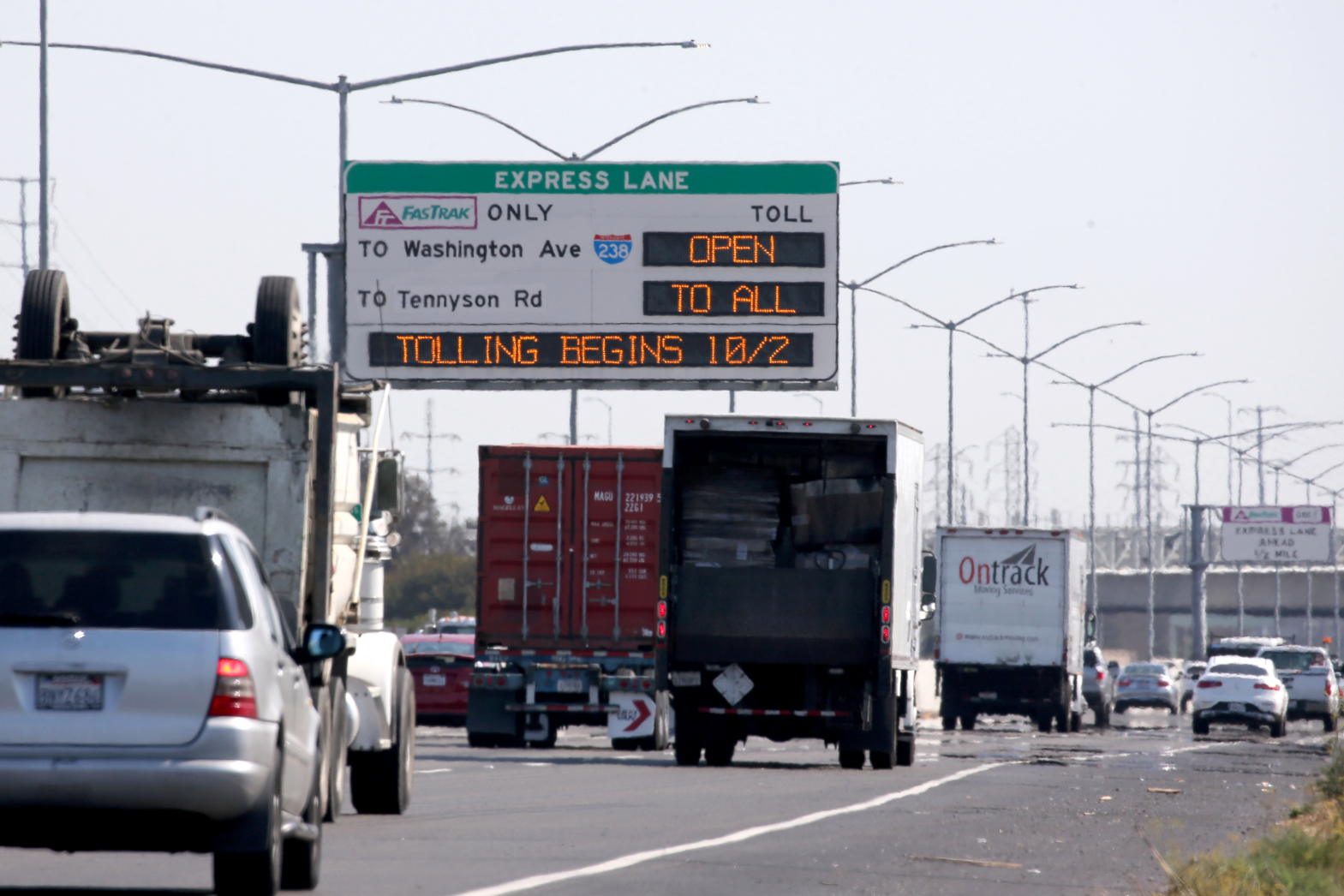Coronavirus economy: Bay Area recovery is one of nation’s most feeble

Once a leading economic powerhouse, the Bay Area now is one of the nation’s weakest regions in recovering the jobs lost when coronavirus-linked business shutdowns began.
The East Bay, the San Francisco-San Mateo region and Santa Clara County are performing so poorly in recovering from the epic employment losses of March and April that each of these local regions, along with the overall Bay Area, is in the bottom 10 of a ranking of 30 large metro areas in the United States, this news organization’s analysis of U.S. Labor Department data shows.
Experts say the lag is not the fault of any underlying economic weakness but rather the impact of the Bay Area’s stringent COVID-19 shutdown. Restrictions on business activity have helped control the coronavirus in an area that saw one of the nation’s first outbreaks, leading to comparatively low rates of infections and deaths. But they have also constrained a normally vigorous economy.
“The Bay Area has been the nation’s most rigorous in implementing the distancing and sheltering guidelines,” said Russell Hancock, president of Joint Venture Silicon Valley, a San Jose-based think tank that tracks local economic trends. “This is one of the main reasons why we lost so many non-tech jobs and why they are slow to recover.”
Stephen Levy, director of the Palo Alto-based Center for Continuing Study of the California Economy, agreed: “The Bay Area has recovered a smaller share of lost jobs than most metro areas in the nation as a result of the stricter rules on reopening,”
It could take two years for the Bay Area to recover its lost jobs and return to the record heights for its job market that the region enjoyed only last February, judging from projections based on its current pace.
The state is struggling to recover as well.
California, Los Angeles County, San Diego County, Riverside-San Bernardino, Orange County and Sacramento-Roseville all badly lag the recovery in the United States overall.
The United States has recovered nearly half of the 22.16 million jobs it lost during March and April, when coronavirus-induced business closures erased employment nationwide at historic numbers.
In contrast, the Bay Area has regained less than one-third of the 619,700 jobs it lost during those brutal months. The Bay Area isn’t even doing as well as California, which has recaptured just over one-third of the 2.63 million jobs it lost in March and April.
In some ways, the Bay Area is a victim of its own success. The area is home to high-performing, progressive technology companies that instituted work-from-home policies even before government orders came down.
“The areas that are recovering the slowest are very high-income areas with high concentrations of employment where people can work remotely,” said Jeffrey Michael, director of the Stockton-based Center for Business and Policy Research at the University of the Pacific. “These areas have households that have cut back sharply on their consumption of dining out and personal services.”
Of the Bay Area’s metro centers, Santa Clara County fares the best, recovering one-third of its 150,700 lost jobs. The San Francisco-San Mateo region has regained 30.3 percent of its 194,500 lost jobs.
The worst metro area among the 30 largest in the nation? The East Bay, which has regained less than one-quarter of the 183,700 payroll positions it lost.
Adding to the angst for the Bay Area: High-profile economic and employment rivals Austin, Dallas, San Antonio and Houston in Texas, along with Seattle, Phoenix, Denver and Charlotte, as well as Rust Belt stalwarts Detroit and Pittsburgh, are all recovering their lost jobs far better than the Bay Area.
Just about the only consolation prize for the Bay Area’s performance so far: The nine-county region is faring better than high profile areas such as New York City and tourist-dependent Orlando, Florida, and Southern California’s Orange County, where theme parks have been hobbled by the virus.
The forbidding economic landscape in the Bay Area leads to a question: How long might it take for this region to recover the jobs it shed during March and April?
During May, June, July, and August, the Bay Area added 186,400 jobs — an average of 46,600 a month. If the Bay Area generates jobs at that pace, it would take another nine months to regain the remaining 433,000 lost when the virus hit.
The problem is that the Bay Area recovery is showing clear signs of losing steam.
In July and August, when surging infections led to tightened restrictions after the region had begun to reopen, the Bay Area averaged job gains of 17,000 a month. That was far below the pace for May and June with an average gain of 76,000 a month.
If the recovery pace is more like July and August, it will take the Bay Area two years — or late 2022 — to climb back to its record-high pinnacle of February of 2020.
Still, the Bay Area’s long-term prospects aren’t hopeless, and it should eventually keep pace with the United States.
“I expect the Bay Area and California to catch up in terms of job growth as we reopen safely in accord with health principles,” Levy said.
And the region’s economic engine of recent decades — Santa Clara County and its Silicon Valley tech hubs — will fuel a rebound locally and statewide, Hancock said.
“Silicon Valley’s economy is still ticking,” Hancock said. “It’s because of the very tools we need in quarantine are being provided by Silicon Valley companies.”

